
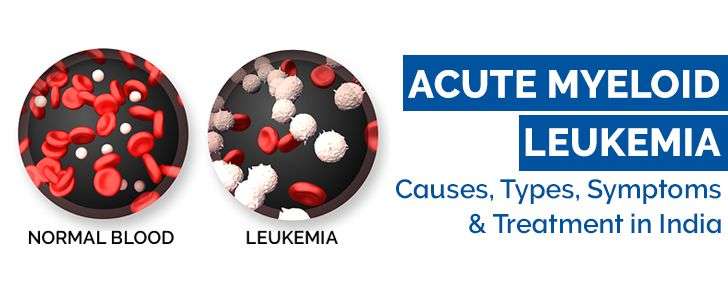
Most African communities experience difficulty securing access to current medical care, which extends to Acute Myeloid Leukemia Treatment. Slow economies and insufficient medical framework lead to barriers to treatment. A lack of medical staff compounds the problem. Also, African nations possess less than 2% of global doctors to serve their large population. Medical facilities throughout Africa operate without adequate modern medical tools and essential medicine. This impedes the effective treatment of complex diseases. Due to inadequate local medical facilities, patients pursue life-saving procedures outside. Some African nations demonstrate positive movement to overcome healthcare challenges. Healthcare progress in Ghana and Eswatini has become visible as countries in Africa collaborate to overcome system deficiencies.
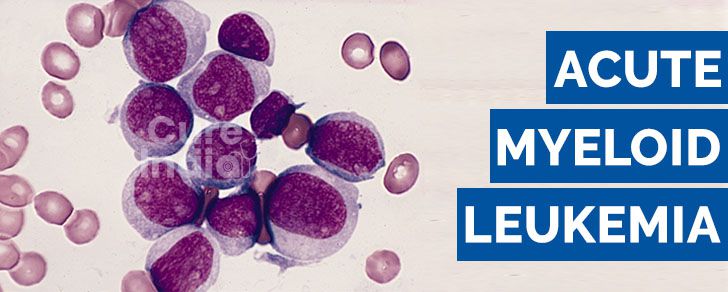
Indian healthcare institutions deliver advanced and cost-effective medical solutions that welcome many patients from Africa. Together, Indian hospitals provide their patients with modern healthcare combined with trained medical specialists. They offer advanced procedures for Acute Myeloid Leukemia Treatment. These medical facilities successfully identify conditions while providing successful treatments that bring life-changing hope to patients. Indian healthcare leadership serves as an example for African countries for continuous improvements to healthcare services.
The treatment of Acute Myeloid leukemia in India is outstanding. Advanced medical procedures like chemotherapy and bone marrow transplants help patients recover. Treatment facilities in India now provide their patients with state-of-the-art CAR-T cell therapy. India provides this medical care for reasonable prices in comparison to many other nations. The healthcare system provides reliable Acute Myeloid Leukemia Treatment that delivers secure outcomes, reasonable pricing, and top-quality results.
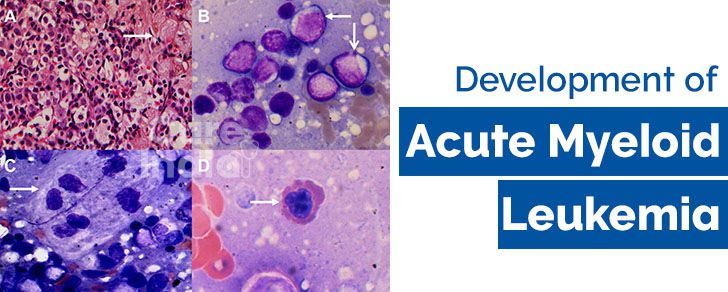
Acute myeloid leukemia develops as bone marrow produces faulty white blood cells at an increased rate. The abnormal cells multiply at an excessive rate. Also, they displace all your normal blood cells. Doctors have not yet identified the specific Acute myeloid leukemia causes, but they understand factors that increase the development.
Your current age proves to impact this condition. Your risk for acute myeloid leukaemia increases notably if you surpass the age of fifty.
Acute Myeloid Leukaemia develops within blood composition and bone marrow tissues. AML displays challenging diagnostic challenges. Popular Acute myeloid leukemia symptoms affect patients by making them exhausted and weak. Those with AML experience frequent infections because low levels of healthy white blood cells reduce their body's ability to fight off infections.
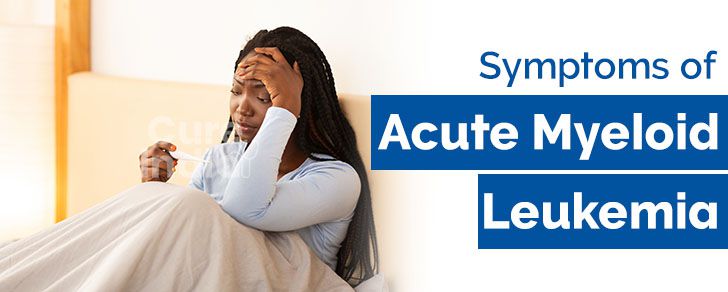
You will feel unyielding exhaustion alongside weakness in your body no matter how much rest you get although you receive enough sleep. The illness creates challenges for performing your regular day-to-day activities.
When AML reduces the body's ability to make healthy white blood cells, patients experience easier infections and slower recovery from common illnesses.
AML frequently causes difficulties with bleeding and makes the skin sensitive to bruising. Basic symptoms are frequent nosebleeds bleeding from gums, and heavier menstrual periods in women. Internal bleeding causes tiny red spots to appear on your skin.
Those diagnosed with AML experience ongoing pain in their bones when the disease affects their joints. The daily pain that AML patients experience ranges from a dull permanent ache to a sharp, intense sensation yet gets worse at specific times during the day.
People with AML may experience shortness of breath and dizziness, along with weight loss, fever, night sweats, and pale skin. Early detection of AML leads to better Acute Myeloid Leukemia Treatment and recovery outcomes.
Doctors describe leukemia progression and response to treatment through different Acute myeloid leukemia stages (AML). AML differs from other cancer types which develop solid growths because it doesn't form solid masses. There are different types of aml:
.jpg)
The medical term for new leukemia diagnosis without treatment is called untreated AML. Blast cells appear in patients with reduced normal blood cells while doctors conduct blood tests during this stage of AML. The bone marrow contains blast cells that exceed 20% of total cell counts.
Active disease describes a condition where the cancer cells grow to surpass 5% of the total bone marrow cells. This disease either develops during or after medical intervention or presents after treatment completeness.
Treatment can be declared successful when AML enters remission. Recurrence of AML after successful treatment and remission results in the diagnosis of relapsed AML.
Following treatment, patients often have minimal detectable leukaemia cells, which standard lab tests cannot identify. Measurable residual disease exists when small amounts of the disease persist following treatment.
Medical teams use AML staging to determine which therapy approach is most effective for patients along with predicting their response outcomes.
Acute Myeloid Leukemia patients require treatment that destroys cancer cells and restores both cancer-free and normal blood regimes. Various therapeutic approaches exist for this condition.
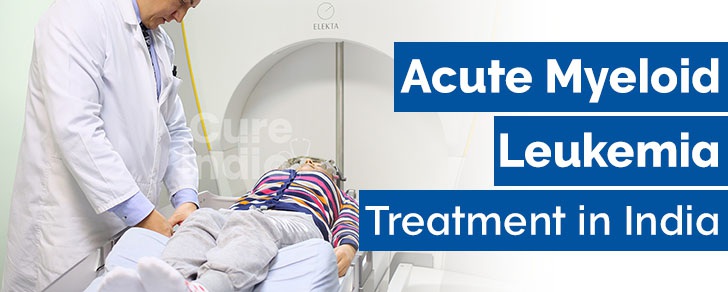
Chemotherapy represents a widely employed Acute Myeloid Leukemia Treatment. A patient receives powerful medications through chemotherapy, which eliminates cancer cells from their body. There are three parts to this treatment: induction, consolidation, and maintenance. The first step of treatment works to eliminate most cancer cells. Consolidation follows induction to verify that all remaining cancer cells have been exterminated. A person requiring maintenance therapy stands to prevent the cancer cells from returning after initial treatment. The chemotherapy drugs Cytarabine and Daunorubicin form among the most common treatments in this therapy category.
Targeted therapy is another Acute Myeloid Leukemia Treatment. Targeted therapy selects cancer cells that it stops from replicating. When chemotherapy proves ineffective, doctors recommend proceeding with a stem cell transplant. Doctors perform this treatment by using healthy cells taken from others to replace discarded cells. Having better mental well-being along with an extended lifespan becomes possible through this treatment.
Your age, along with your current health state, determines which treatment options doctors will select for you. When patients receive appropriate therapy, they may recover from AML and achieve remission status.
Your Acute Myeloid Leukemia Treatment requires dietary attention that helps support your body's health. The immune system remains strong and healing progresses better when people eat proper nutritious foods.
Your body needs protein to fix cells and grow new ones. Protein-rich foods that include chicken, fish and eggs alongside beans make up great nutrition sources for your diet. These particular foods strengthen your body while accelerating your recovery time.
Blood cells gain defense against damage through antioxidants. The health benefits of eating colorful fruits and vegetables such as oranges together with spinach and bell peppers help strengthen your overall health. Your body can combat infections and stay energized by consuming these particular food products.
The health of your stomach, alongside improved digestion, benefits from consuming probiotics that exist in yogurt products. Your body receives higher levels of nutritional components from food through the assistance of these elements.
Drinking enough water is essential. Water maintains your body's hydration state and sustains organ wellness while enhancing sleep and mood stability. Your health will benefit from adding approved acute myeloid leukemia foods to eat.
People suffering from acute myeloid leukemia are mostly treated with chemotherapy. After completing the first round of treatment, 90% of patients with promyelocytic leukemia will go into remission. For individuals with other types of the disease, the figure stands at 67%. Success rates are lower for older people, and half of those above the age of 60 go into remission after the first round. It is estimated that 27.4% of people survive five years after being diagnosed with this disease.

This is a serious form of cancer that claims the lives of many people each year. If you belong to one of the high-risk groups, you should undergo routine health checkups.